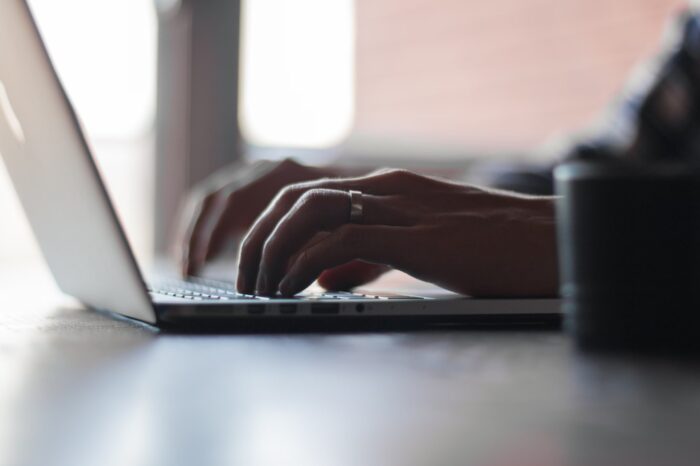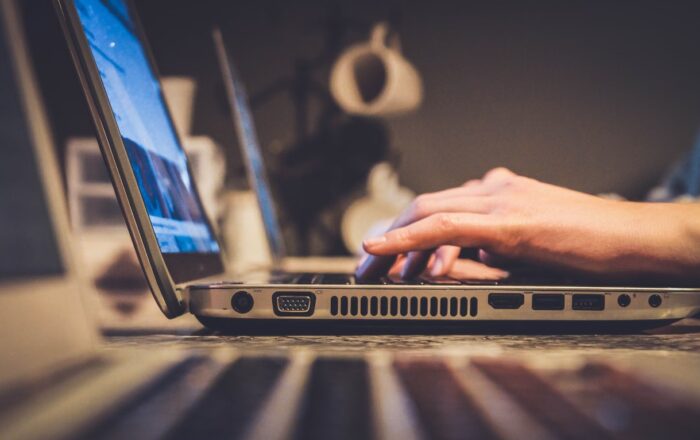20 Dec Artificial Intelligence v Copyright – Artists are not happy Jan!
The future application of AI is really exciting but presents some real issues in the copyright space.
The future application of AI is tremendously exciting but has the potential to be legally disastrous, especially in the copyright sphere.
In recent news, we have seen the explosion of AI into our modern world with the debut of Elon Musk’s funded ‘Open AI’ search engine alternative, and with the social media phenomenon of people generating AI-created self-portraits using the ‘Lensa AI’ app. The app generates portraits of users in seconds by compiling millions of artistic expressions and works and cumulatively constructing a new work from its massive “LAION -5B” database (of online art).
But is this emergent AI truly “artificial intelligence”? Apparently not.
Elon Musk among other AI leaders criticize our modern AI for not being true AI, but just good imitators of AI. Intelligence and the way in which we codify it is partly to blame, in that we are too quick to consider something sentient and intelligent when it is not.
Intelligence is not merely the ability to copy something. Birds can mimic human speech, but we do not ascribe them as having human intelligence. The same is true with our current version of AI. Lensa’s AI which is used to create art is just a sophisticated random generator with infinite access to the web and its content.
Humans have a unique ability to create that which did not ever exist, purely original thought. Of course, this introduces the debate of human originality, and the extent to which we as humans copy, like our current AI does. The problem this creates in law is that it becomes harder and harder to distinguish a human creation, with all its “creative inspiration” elements contributing to its novelty, and AI art with its very deliberate copying and recreating process.
An argument can be made that no human creation is without inspiration or copying – to some degree. In truth, at the rate our technology is advancing, AI will sooner reach the point of complete originality than people. As humans we are wired to copy our surroundings and become influenced by them somehow, even the greatest artists of all time admit to copying another idea to create their most renowned pieces. It is only natural that our AI is programmed with the same bias of copying and reclaiming as our own, the difference is that AI has gone under the copyright radar as it exists under the guise of a non-entity, and an independent one from the company which owns it. But take away the “AI” classification and you immediately have reason to direct blame to the company who controls the technology, for creating art which is copied and re-distributed to users as art which they have the copyright over.
What difference is there between AI generating art from existing art and art being copied from the internet? Marketing. Lensa AI markets the service as being randomized and original by AI, excluding any copyright from the creative source.
This has caused frustration with artists whose artwork has been used as more than mere inspiration. Australian artists like Kim Leutwyler have evidenced direct copying of their art noting the appropriation of “distinct features” which have cost artists their lifetimes to create. Despite the evidence, Lensa AI suggests that the AI’s programming mimics human learning, by copying, no different than a human would – and technically this is true.
But the bigger picture is that an AI can copy millions of artworks in seconds, most artworks could only ever be copied by masters of art. The ease with which AI can use art is troubling for copyright. Who could even keep up with the number of infringements each day from Lensa AI’s continued operation? Each hour? Each minute? It appears as though the legal framework surrounding copyright will need to adapt to regulate the powers of AI.
For artists, business owners and creators, this is just another reason to be cautious with posting art online. It is unclear whether the LAION -5B database collects art from the entire Internet, but the LAION -5B database is reported to hold a range of over 5 billion image-text pairs. Simply put, if the database stores more digital art than there are people on the world wide web, your art has almost certainly come up.
Contact Us
Related Articles

Ian Aldridge is the Founder and Principal Lawyer Director at Progressive Legal. He has over 15 years experience in advising businesses in Australia and the UK. After practising in commercial litigation for 12 years in major Australian and International Law Firms, he decided to set up a NewLaw law firm in Australia and assist growing Australian businesses. Since then, he has advised over 2,500 small businesses over the past 6 years alone in relation to Intellectual Property Law, Commercial, Dispute Resolution, Workplace and Privacy Law. He has strived to build a law firm that takes a different approach to providing legal services. A truly client-focused law firm, Ian has built Progressive Legal that strives to deliver on predictable costs, excellent communication and care for his clients. As a legal pioneer, Ian has truly changed the way legal services are being provided in Australia, by building Legal Shield™, a legal subscription to obtain tailored legal documents and advice in a front-loaded retainer package, a world-first. He has a double degree in Law (Hons) and Economics (with a marketing major). He was admitted to the Supreme Court of NSW in 2005.




